- Have any questions?
- +86-189 8930 5995
- sales@mosinterchem.com.cn
gemifioxacin CAS 175463-14-6

Moxifloxacin CAS 151096-09-2
10/12/2018
Thymidine CAS 50-89-5
10/12/2018| Model: | MOS 175463-14-6 |
| CAS: | 175463-14-6 |
| Molecular formula: | C18H20FN5O4 |
| Molecular weight: | 389.3809 |
| Refractive index: | 1.735 |
| Density: | 1.648g/cm3 |
| Flash point: | 340.206°C |
| Boiling point: | 638.919°C at 760 mmHg |
| Vapour Pressur: | 0mmHg at 25°C |
Gemifioxacin(CAS: 175463-14-6)
| Synonyms | 7-(3-aminomethyl)-4-methoxyimino-pyrrolidin-1-yl)-1-cyclopropyl-6-fluoro-4-oxo-1, 4-dihydro-[1, 8]naphthyridine-3-carboxylic acid |
| Molecular Formula | C18H20FN5O4 |
| Molecular Weight | 389.3809 |
| CAS Registry Number | 175463-14-6 |
| Density | 1.648g/cm3 |
| Boiling point | 638.919°C at 760 mmHg |
| Refractive index | 1.735 |
| Flash point | 340.206°C |
| Vapour Pressur | 0mmHg at 25°C |
Molecular Structure
Gemifloxacin mesylate (trade name Factive, Oscient Pharmaceuticals) is an oral broad-spectrum
quinolone antibacterial agent used in the treatment of acute bacterial exacerbation of chronic
bronchitis and mild-to-moderate pneumonia. Vansen Pharma Inc. has licensed the active
ingredient from LG Life Sciences of Korea.
Indications
Gemifloxacin is indicated for the treatment of infections caused by susceptible strains of the
designated microorganisms in the conditions listed below.
Acute bacterial exacerbation of chronic bronchitis caused by S. pneumoniae, Haemophilus
influenzae, Haemophilus parainfluenzae, or Moraxella catarrhalis
Community-acquired pneumonia (of mild to moderate severity) caused by S. pneumoniae
(including multi-drug resistant strains, Haemophilus influenzae, Moraxella catarrhalis,
Mycoplasma pneumoniae, Chlamydia pneumoniae, or Klebsiella pneumoniae
Microbiology
Gemifloxacin has been shown to be active against most strains of the following microorganisms:
Aerobic gram-positive microorganisms – Streptococcus pneumoniae
including multi-drug resistant Streptococcus pneumoniae (MDRSP). MDRSP includes isolates
previously known as PRSP (penicillin-resistant Streptococcus pneumoniae), and are strains
resistant to two or more of the following antibiotics: penicillin, 2nd generation cephalosporins,
e.g., cefuroxime, macrolides, tetracyclines and trimethoprim/sulfamethoxazole.
Staphylococcus aureus and Streptococcus pyogenes
Aerobic gram-negative microorganisms – Haemophilus influenzae, Haemophilus parainfluenzae,
Klebsiella pneumoniae (many strains are moderately susceptible), Moraxella catarrhalis,
Acinetobacter lwoffii, Klebsiella oxytoca, Legionella pneumophila, Proteus vulgaris.
Other microorganisms – Chlamydia pneumoniae, Mycoplasma pneumoniae
Adverse effects
See also: Adverse effects of fluoroquinolones
Fluoroquinolones are generally well tolerated with most side effects being mild and serious
adverse effects being rarely. Some of the serious adverse effects which occur more commonly
with fluoroquinolones than with other antibiotic drug classes include CNS and tendon toxicity.
The currently marketed quinolones have safety profiles similar to that of other antimicrobial classes.
The serious events may occur with therapeutic or with acute overdose. At therapeutic doses
they include: central nervous system toxicity, cardiovascular toxicity, tendon / articular toxicity,
and rarely hepatic toxicity. Events that may occur in acute overdose are rare and include: renal
failure and seizure. Children and the elderly are at greater risk. Tendon damage may manifest
during, as well as up to a year after fluoroquinolone therapy.
The FDA ordered a black box warnings on all fluoroquinolones advising consumers of the
possible toxic effects of fluoroquinolones on tendons.
On August 15th, 2013 the FDA issued a Safety Announcement where they described that they
are requiring the medication guides and drug labels for all fluoroquinolones to be updated and
better describe the risk for peripheral neuropathy. The peripheral neuropathy may occur very
quickly, and may be irreversible. This warning applies to fluoroquinolones taken by mouth
and injection, but does not apply to fluoroquinolones taken topically.
Current findings
One recent study showed that Gemifloxacin possess anti-metastatic activities
against breast cancer in vitro and in vivo (in mice).
You must be logged in to post a review.

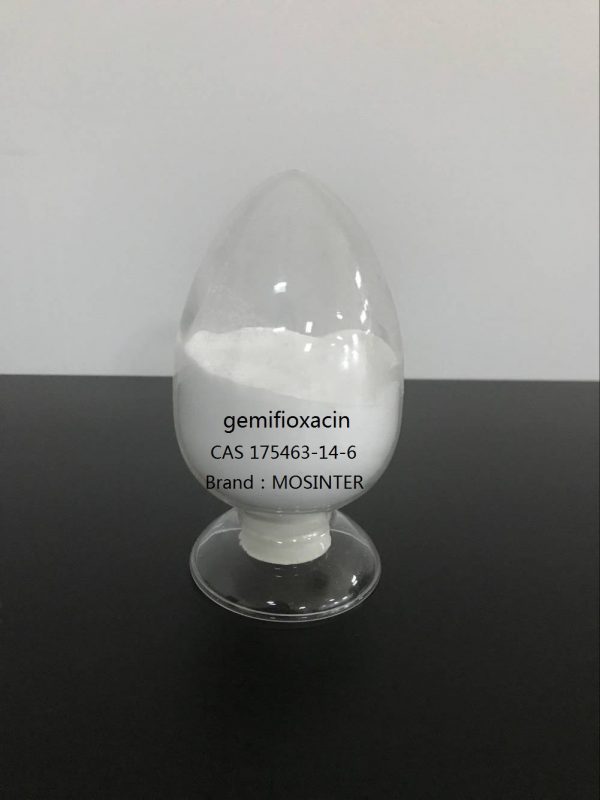
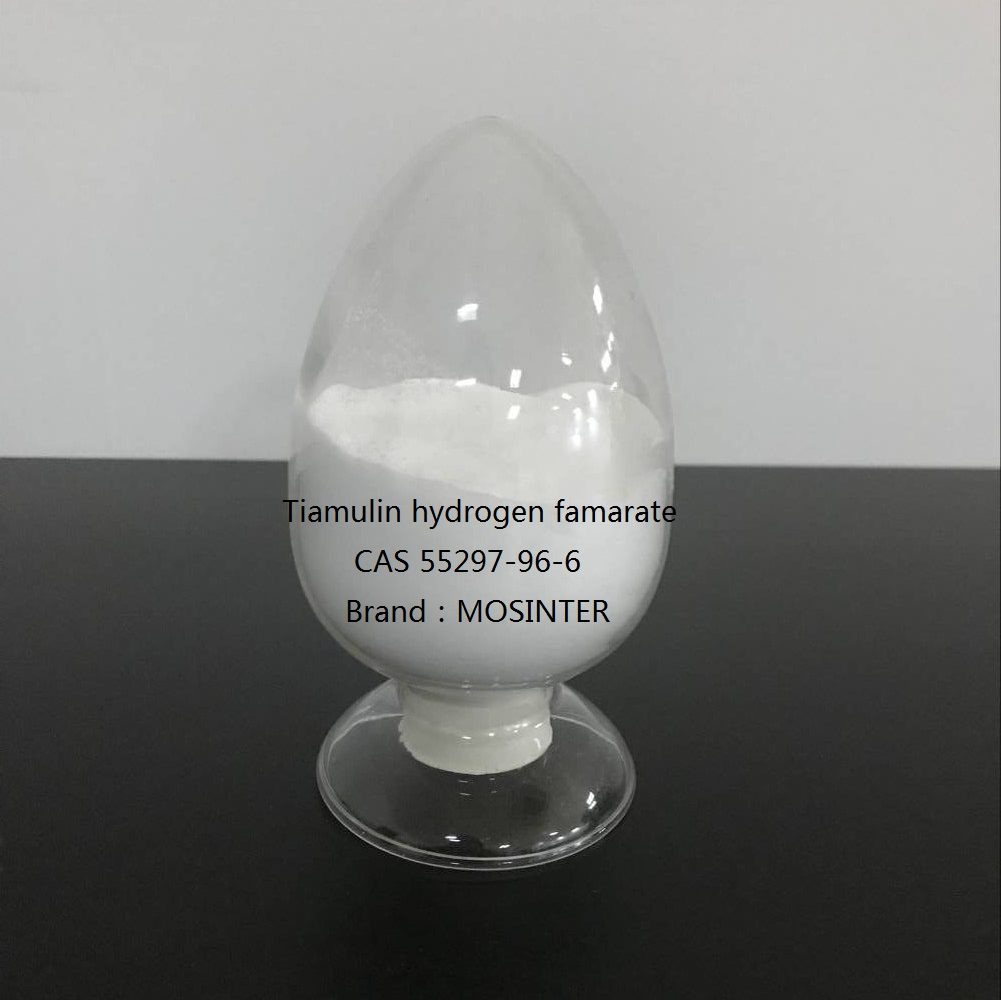
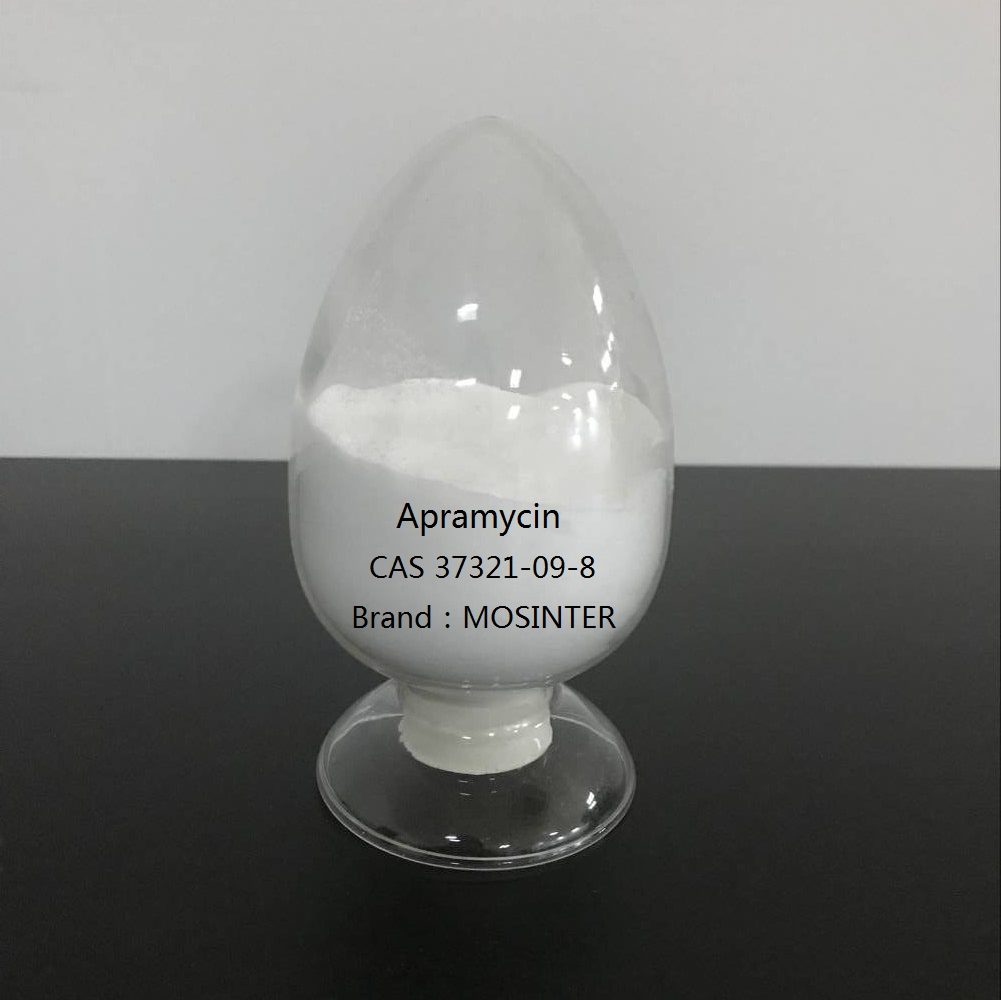
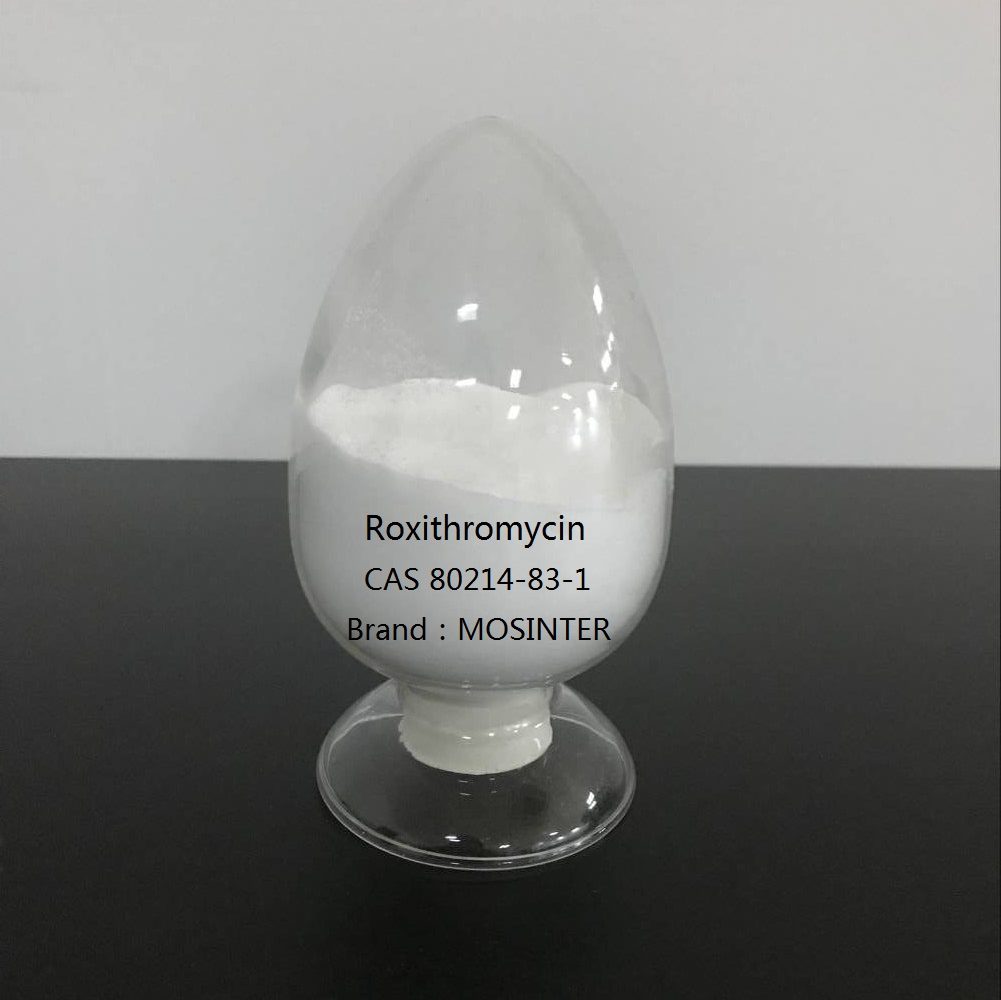
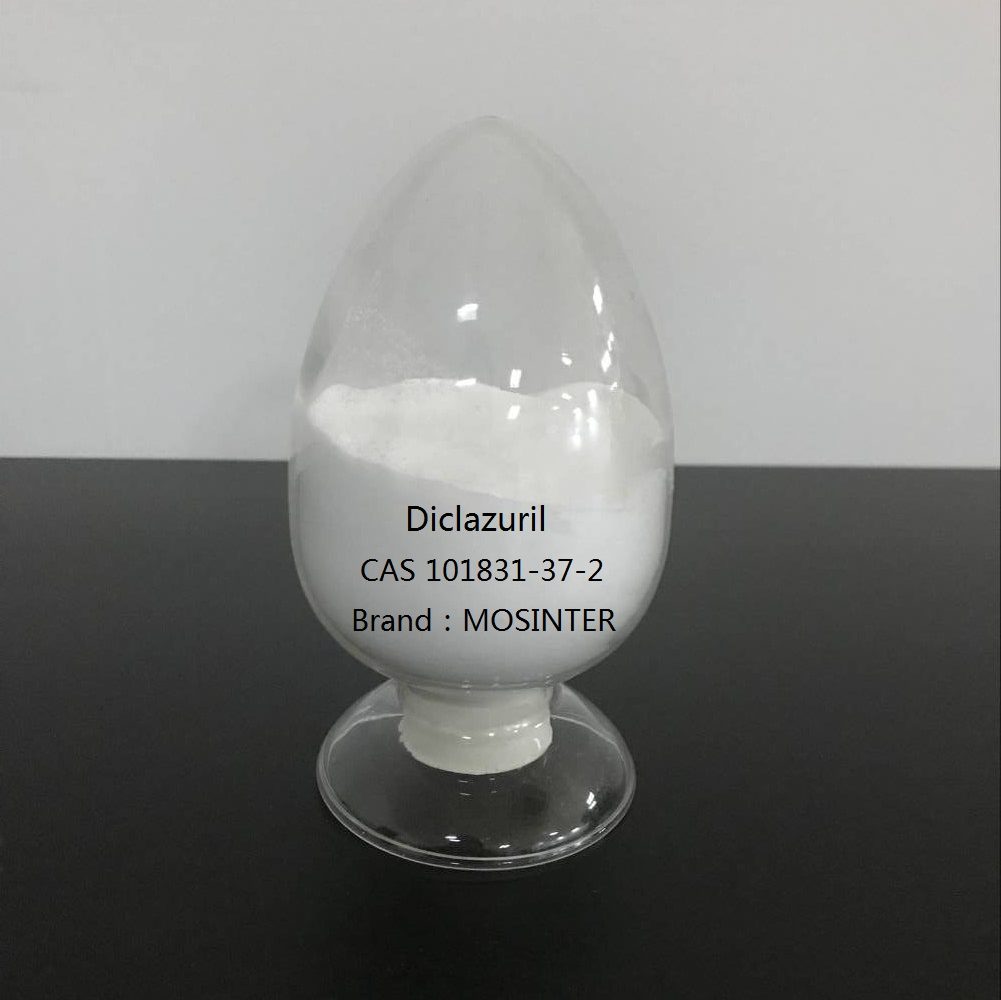
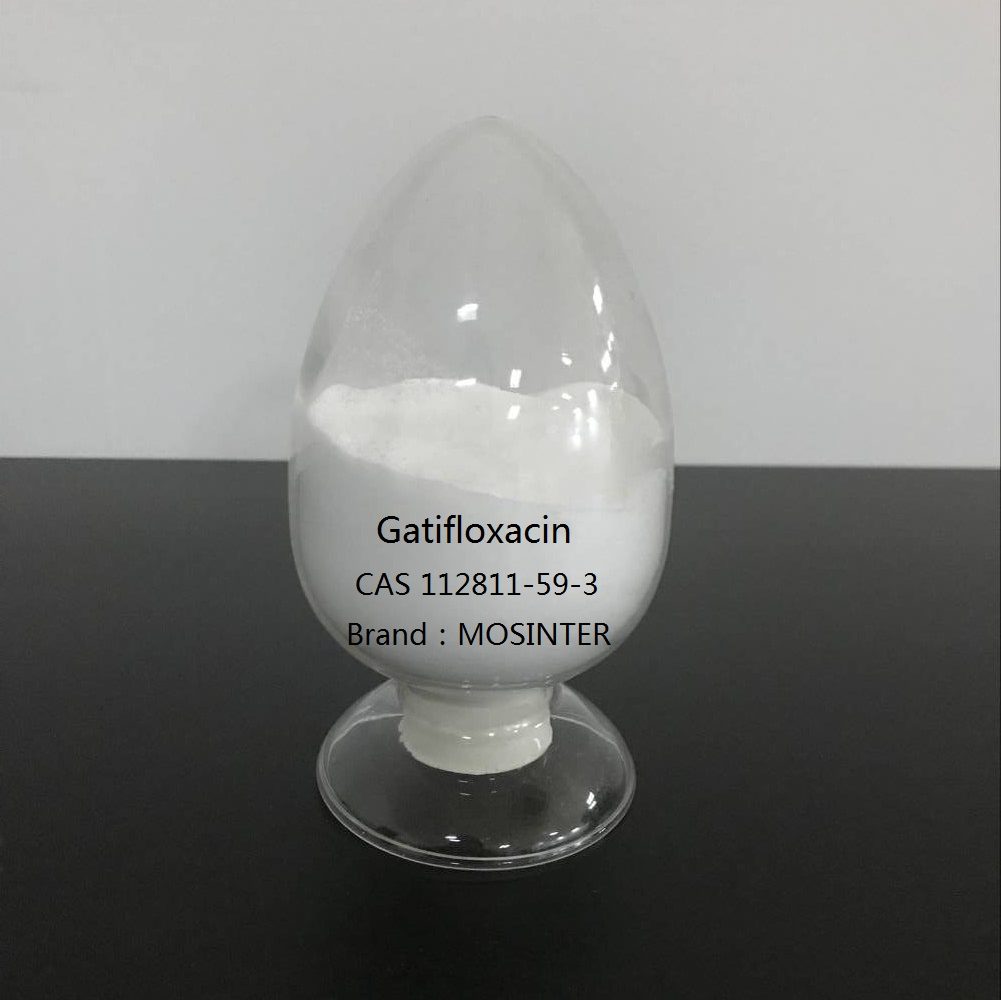
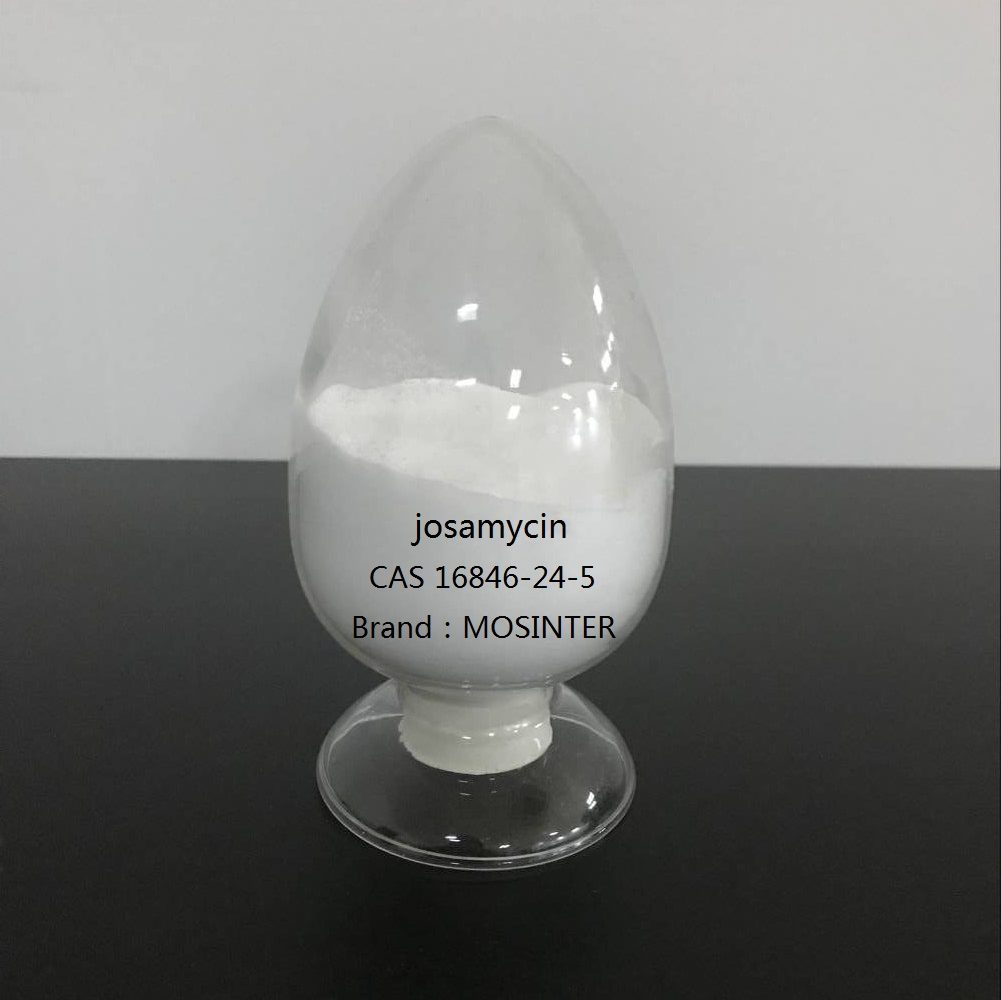
Reviews
There are no reviews yet.